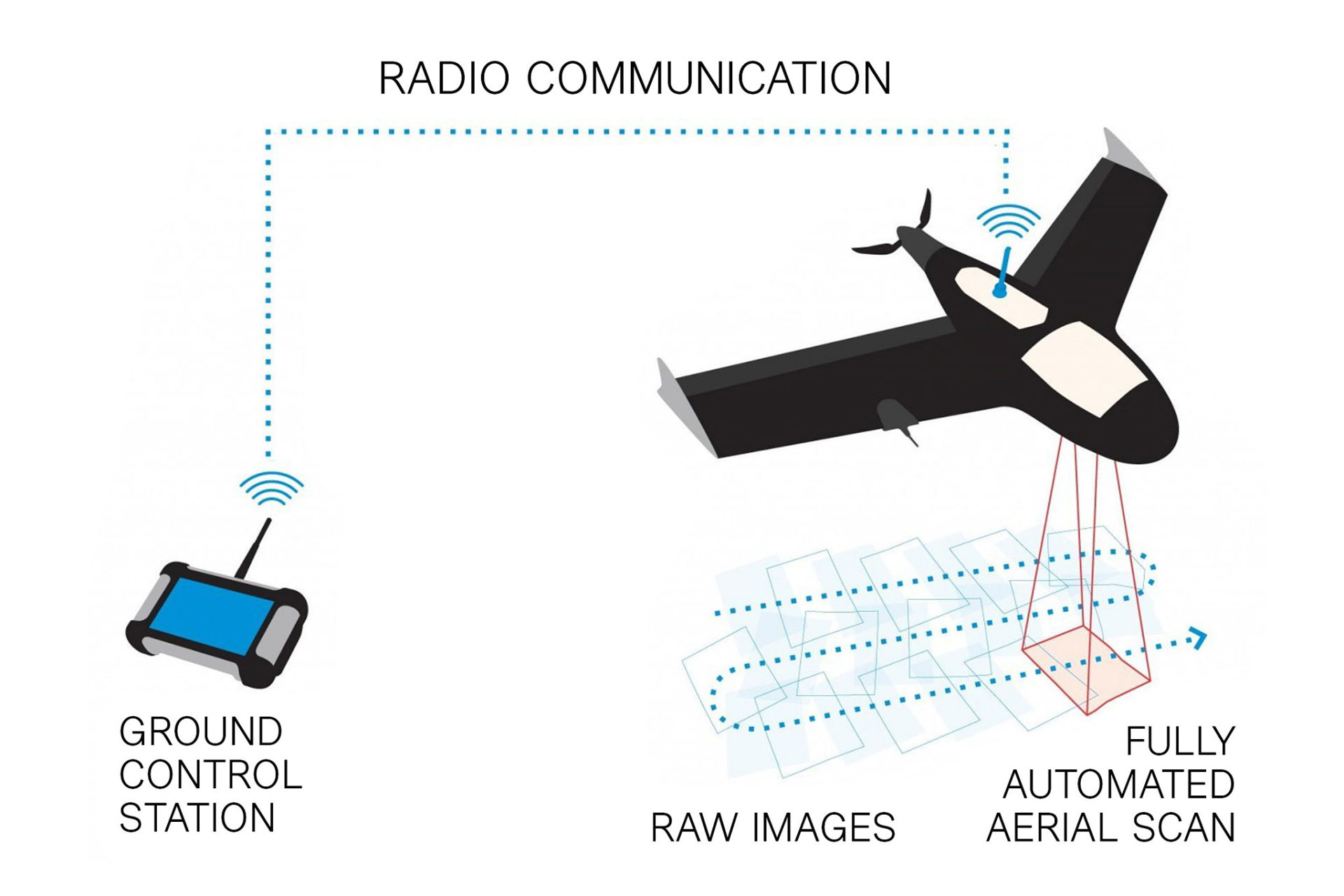Unmanned Aerial Systems (UAS) provide a cost effective, user friendly option with the power to enable NAVFAC and other federal organizations to efficiently gather aerial photography and spatially-referenced orthophotography. The challenge facing the U.S. Navy in employing this technology is the legal issues related to commercial use of unmanned aerial systems (UAS), as these have not been clarified by the Federal Aviation Administration (FAA) and Certificates of Authorization or Waivers (COAs) are difficult to obtain.
Having previously purchased the Gatewing X100 unmanned aerial systems, NAVFAC partnered with Clark Nexsen for a Pilot project to study the feasibility of UAS for induction into its fleet as a means to gather aerial photography and orthophotography. This evaluation included:
- Determine the steps necessary to obtain one or more COAs from the FAA, allowing NAVFAC to operate Gatewing X100 UAS with minimum practical limitations and accomplish the tasks necessary to obtain those COAs
- Investigate other commercially-available UAS capable of producing timely, low-cost aerial photos and spatially-referenced orthophotography
- Determine if the UAS have or can be issued an Interim Flight Clearance (IFC) by NAVAIR
- Determine if all of the components of the UAS have or can meet the requirements of OPNAVINST 2400.20F related to radio frequency utilization
- Determine if all of the lithium batteries used by components of the UAS have or can meet the requirements of NAVSEAINST 9310.1B related to the Lithium Battery Safety Program
- Assist the NAVFAC GRC in deciding whether to procure one or more UAS in addition to the Gatewing X100 UAS it already owns
- And if so, recommend one or more specific systems
- Support the development of standardized procedures related to the operation, transportation and maintenance of the UAVs and associated equipment, including but not limited to developing standardized procedures for establishing ground control points and developing operational checklists and maintenance procedures.
The findings shed light on the need for modification in evaluation and certification criteria for UAS as compared to other manned airborne systems. Standardized procedures for operating would evolve once the framework is defined.
